____
Exhibit: TIME x Livraria Lello
I was commissioned by Livraria Lello to curate and design an exhibit of Nobel Prize in Literature winners through the covers of TIME. Livraria Lello, built in 1905 in Porto, Portugal, is recognized as one of the world’s most beautiful bookstores. I also joined a virtual panel for the grand opening of the exhibit on June 1, 2021.
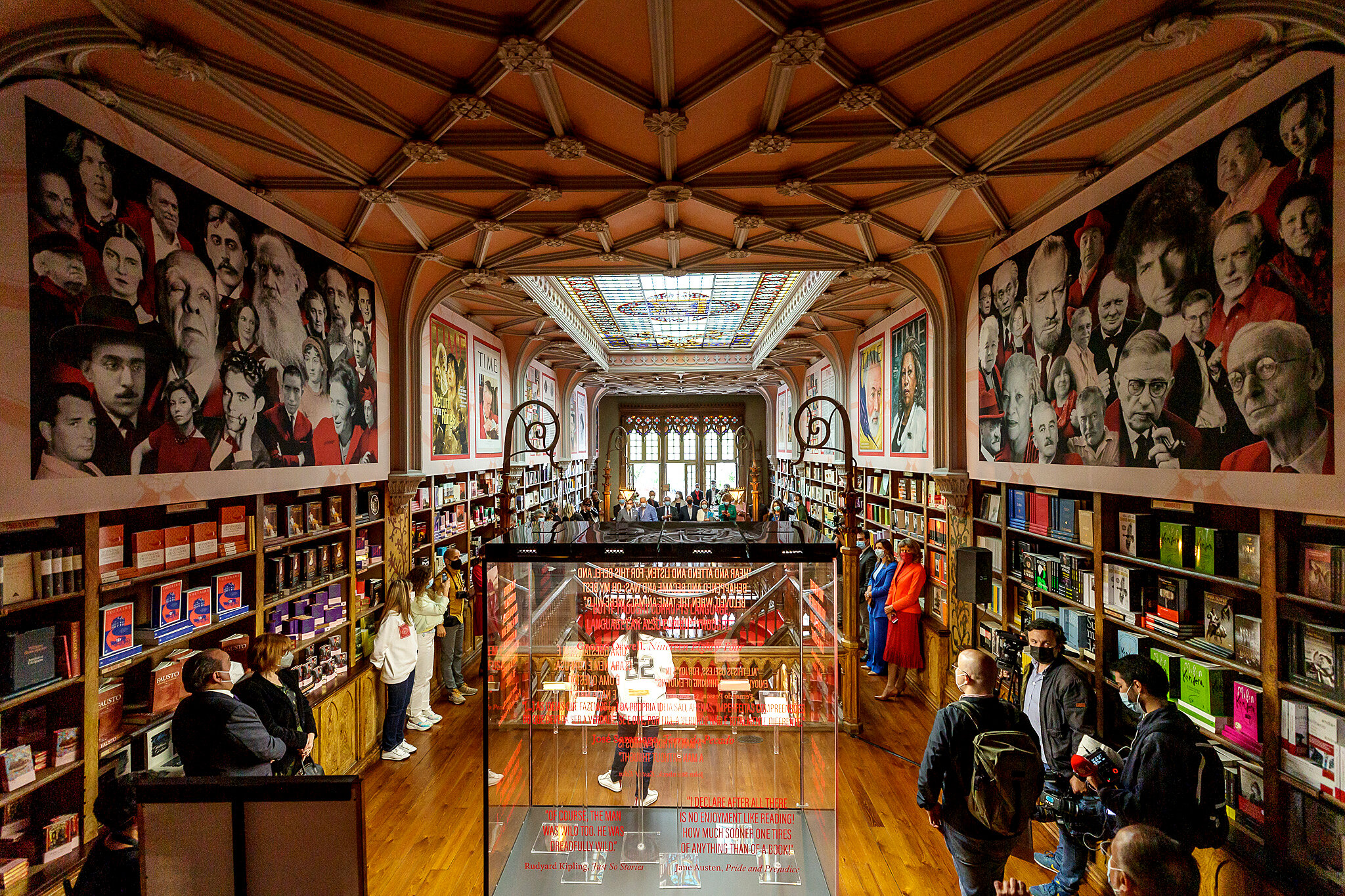

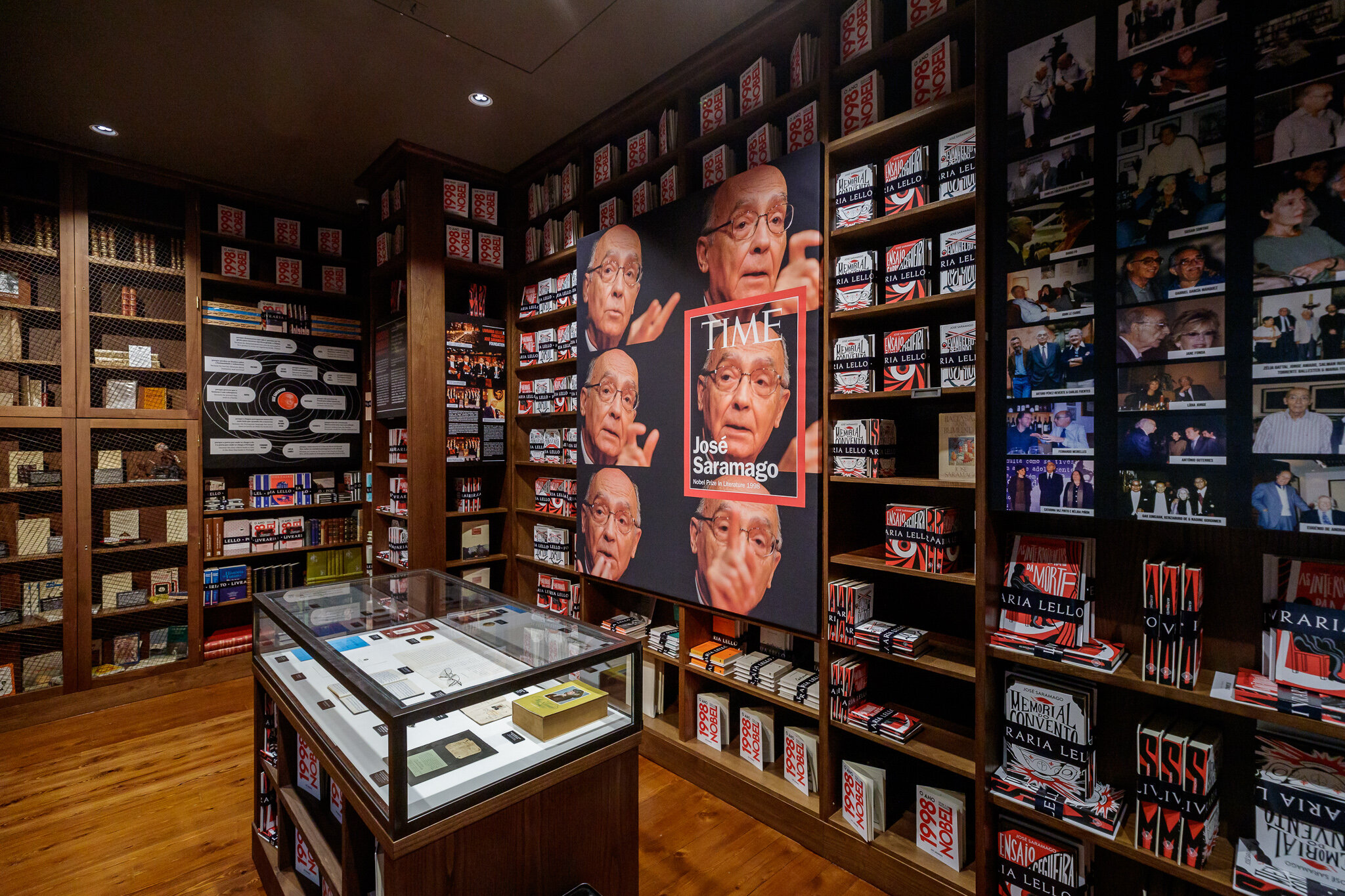
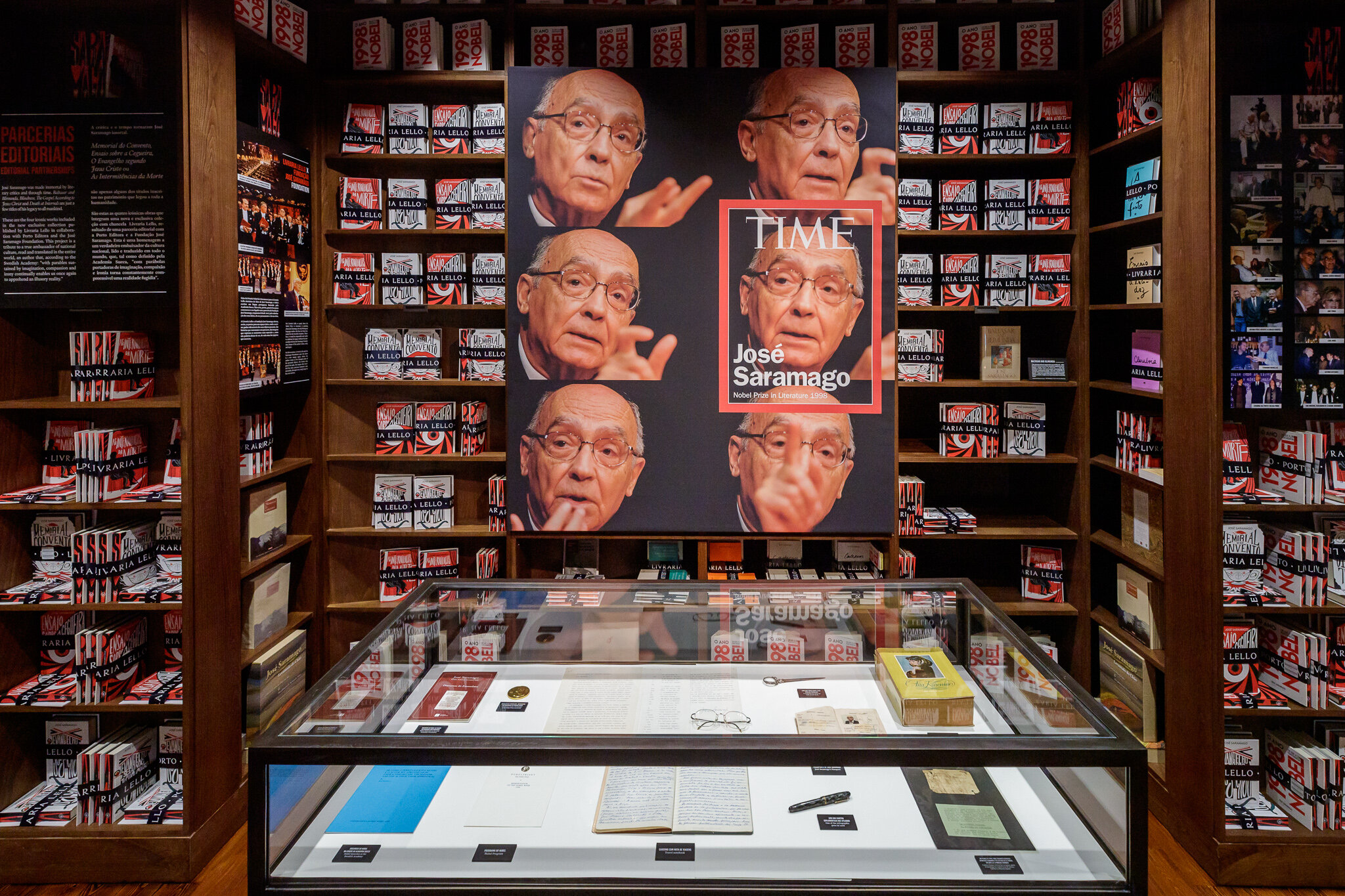
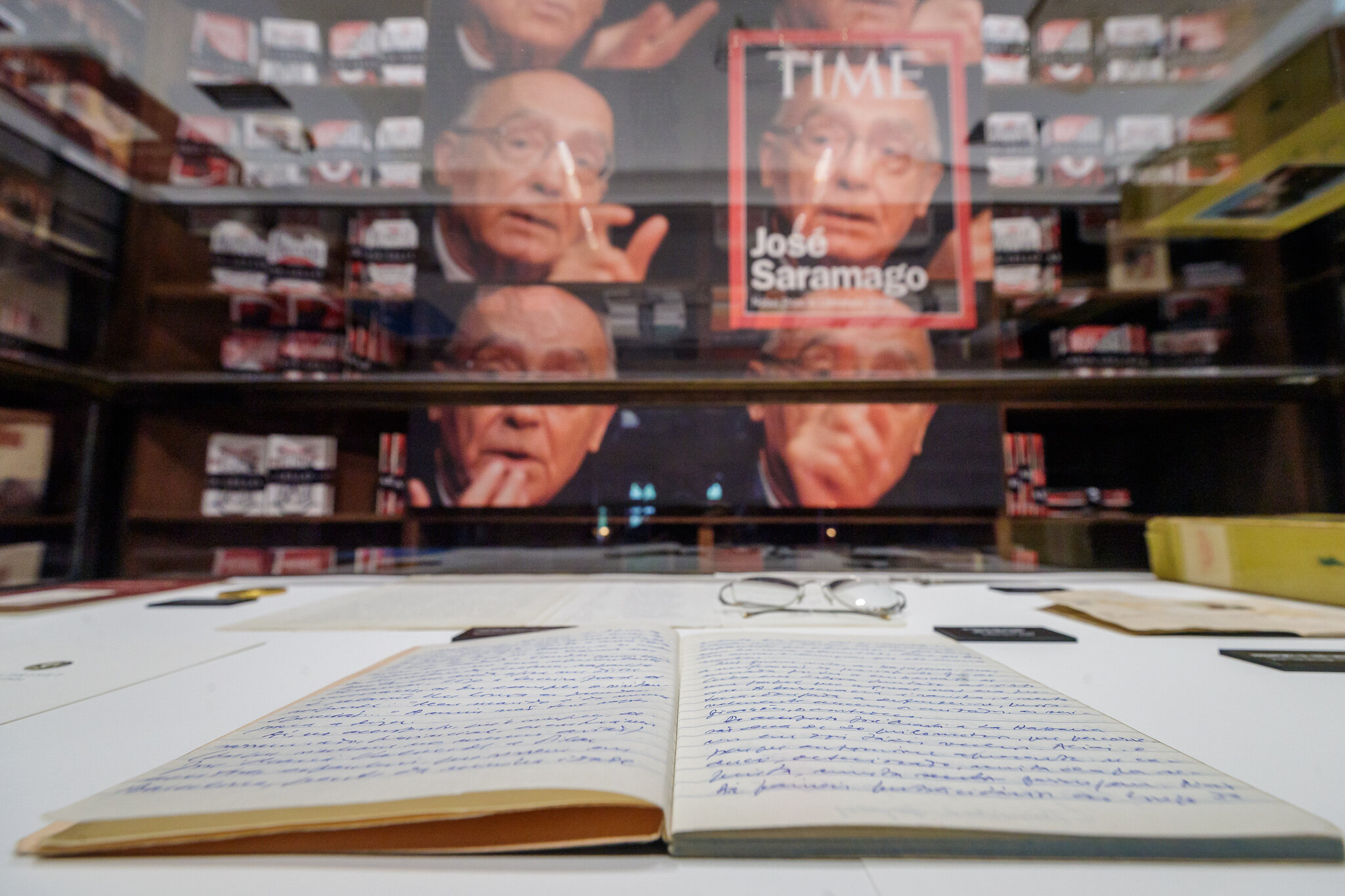
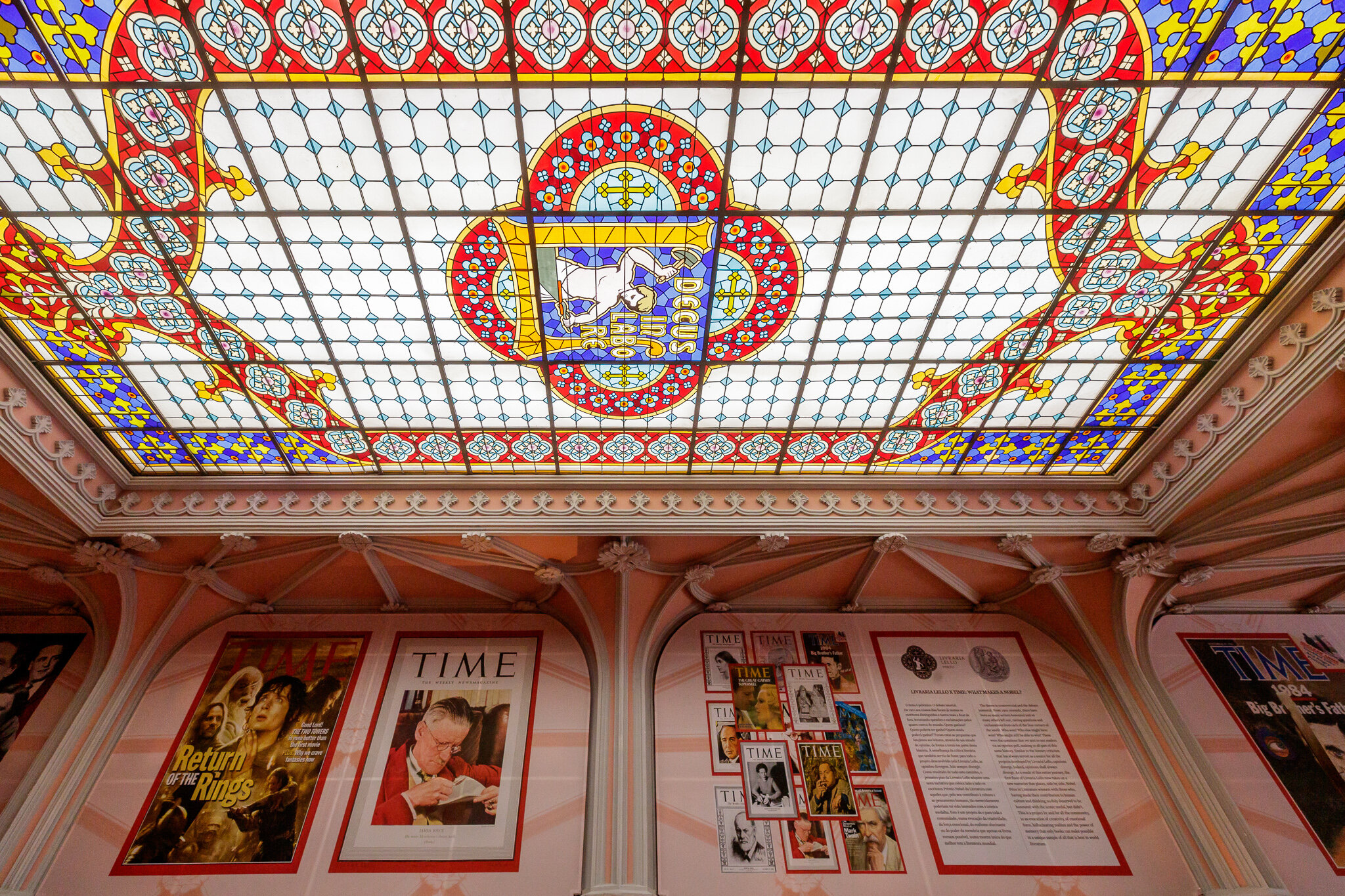
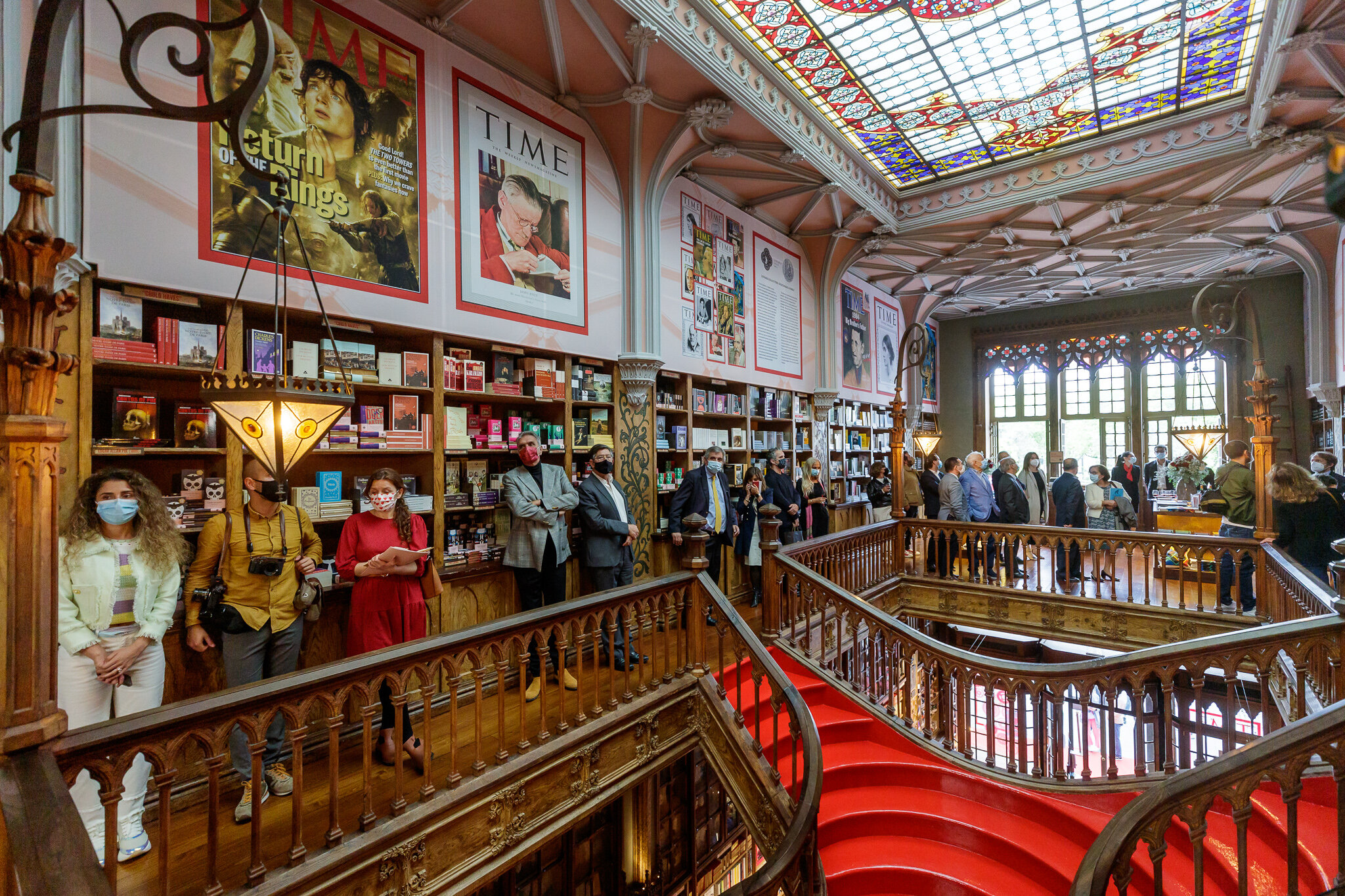
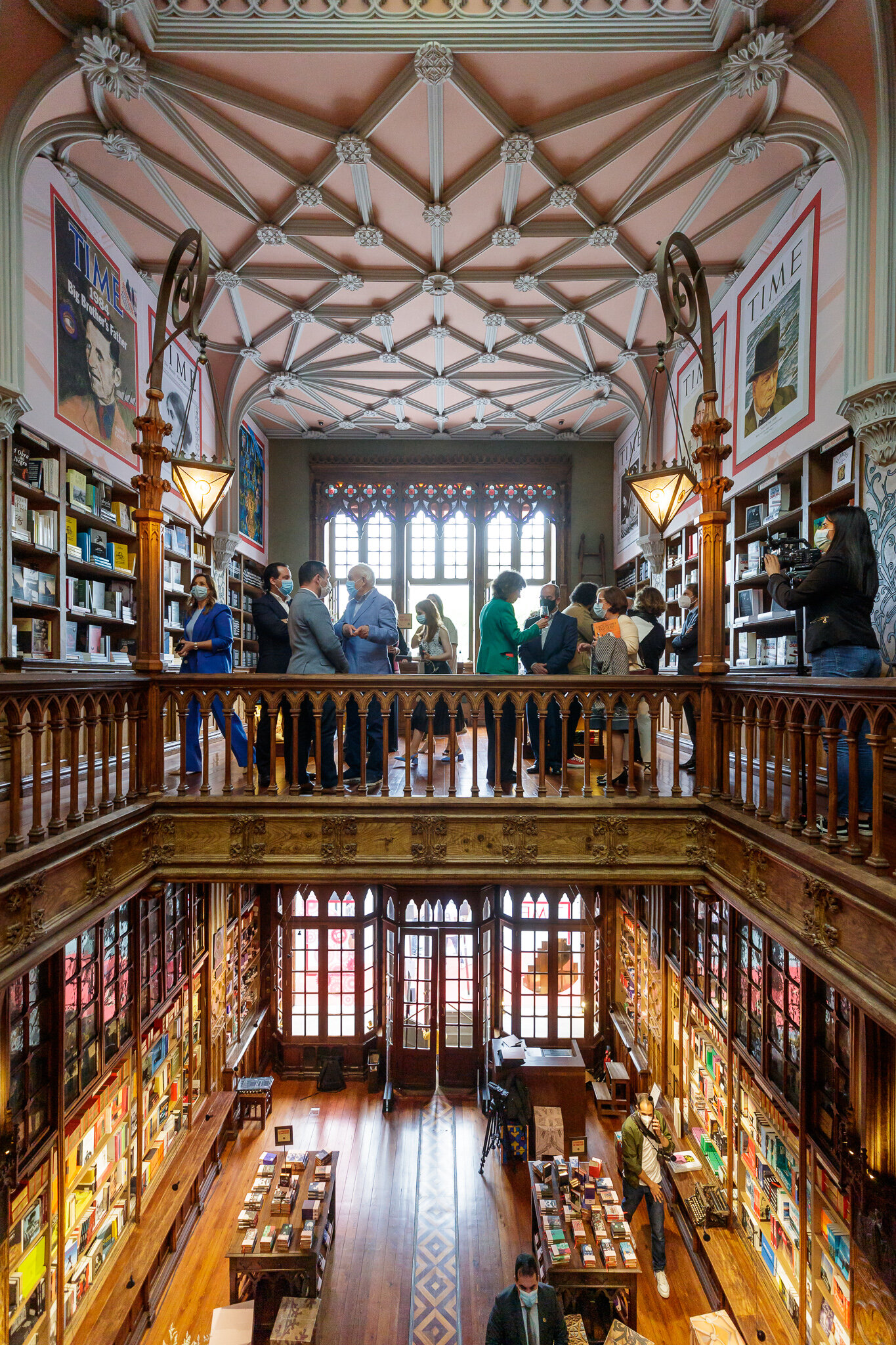

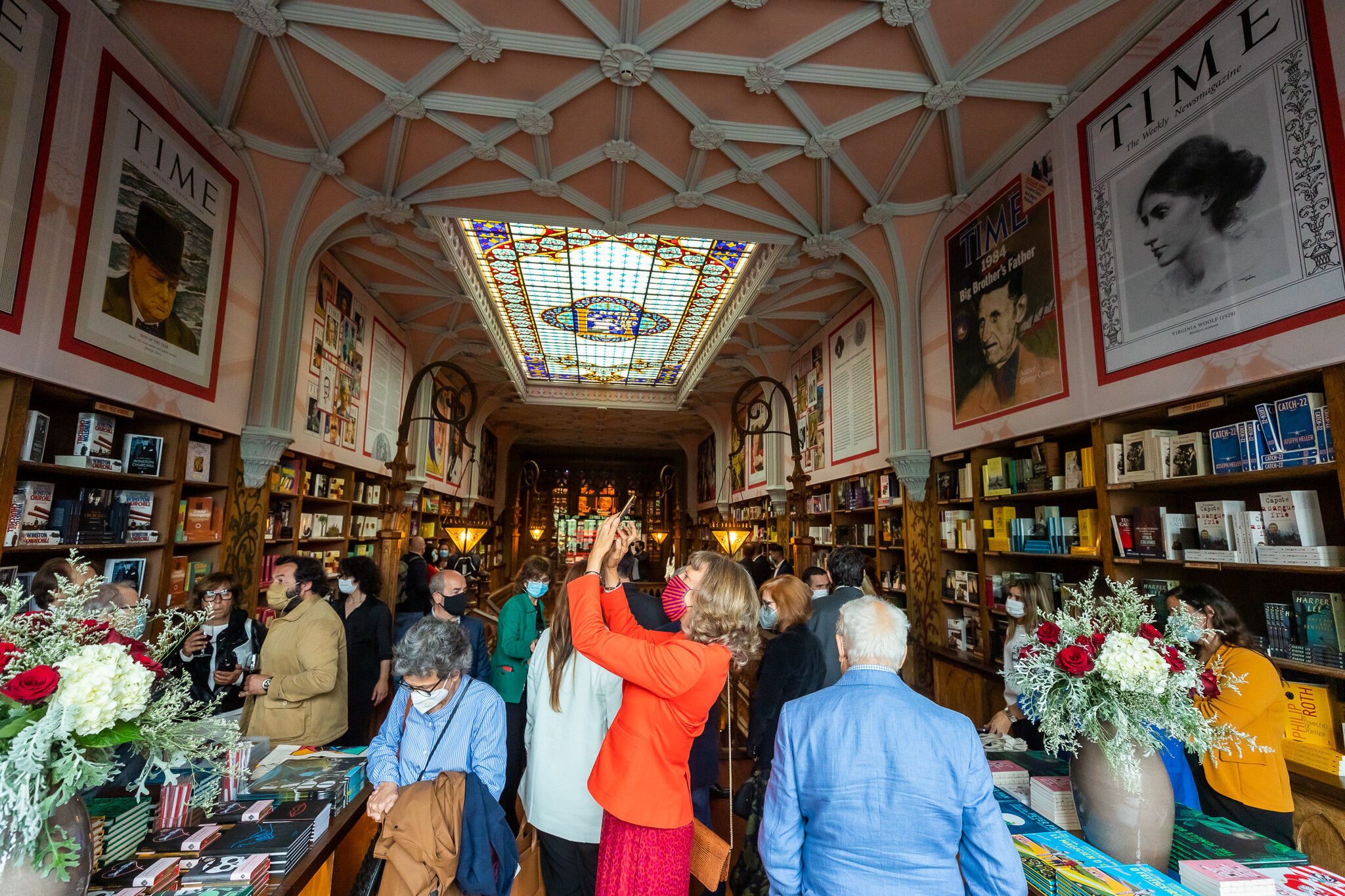
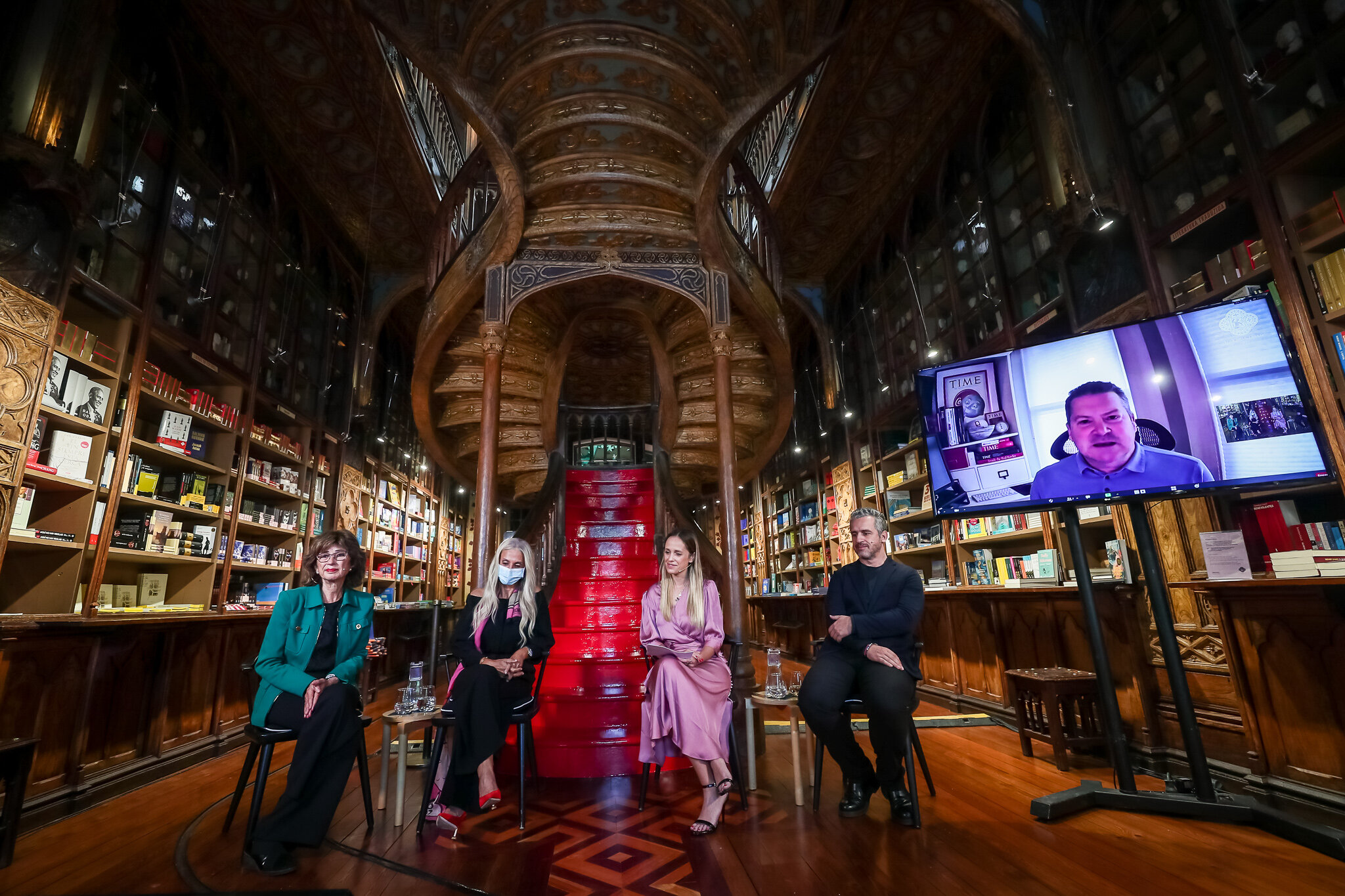
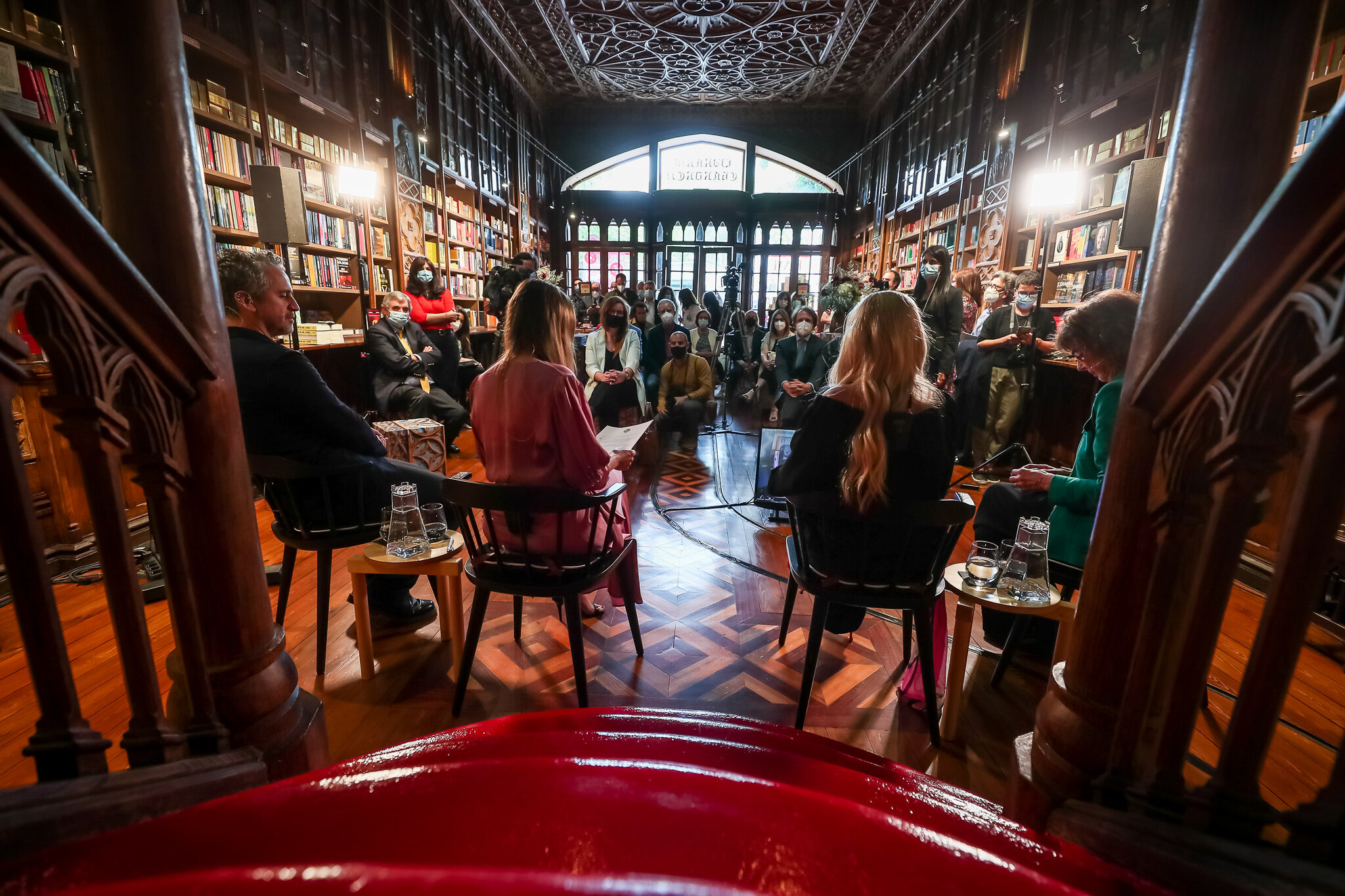
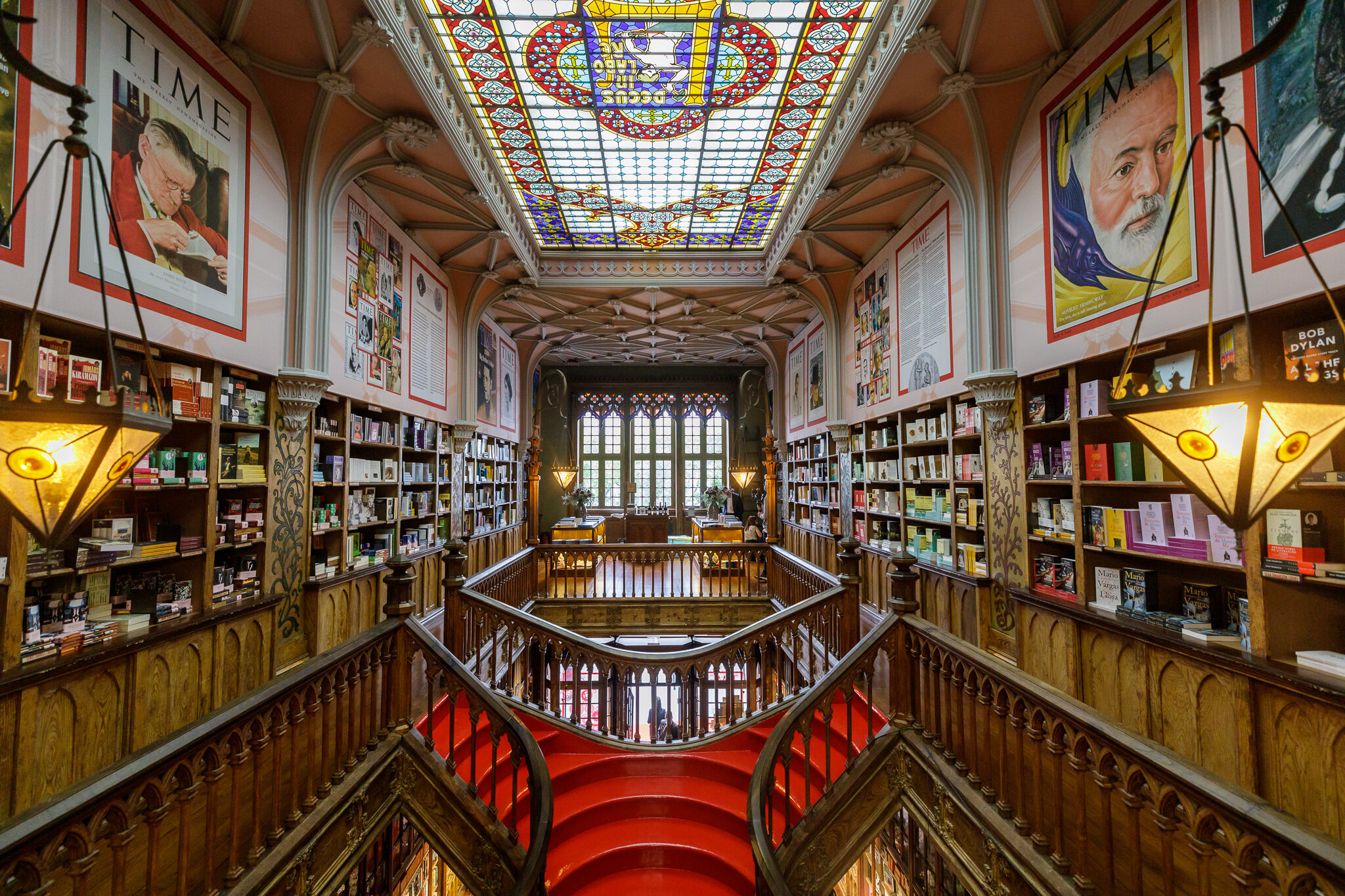
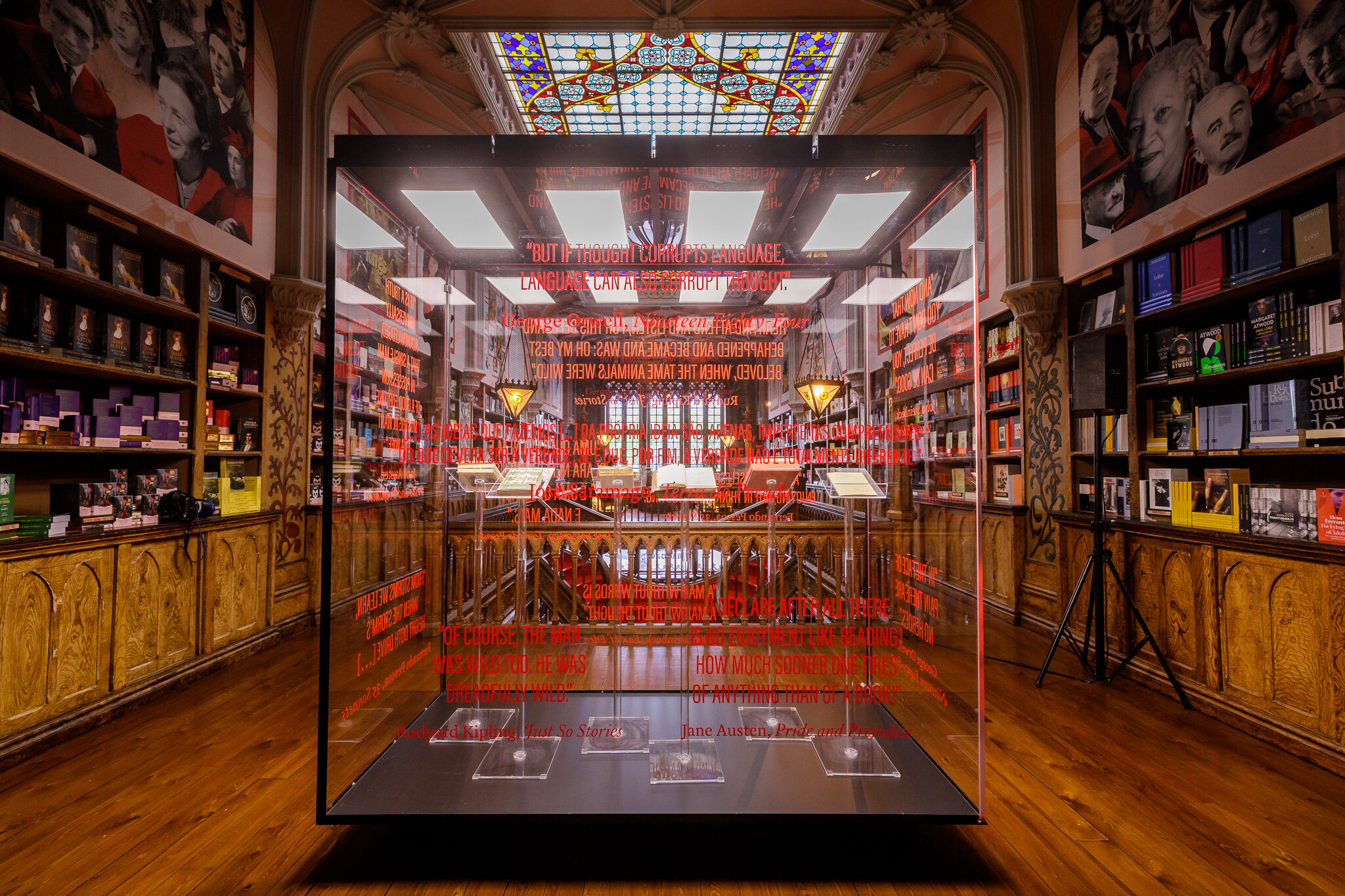
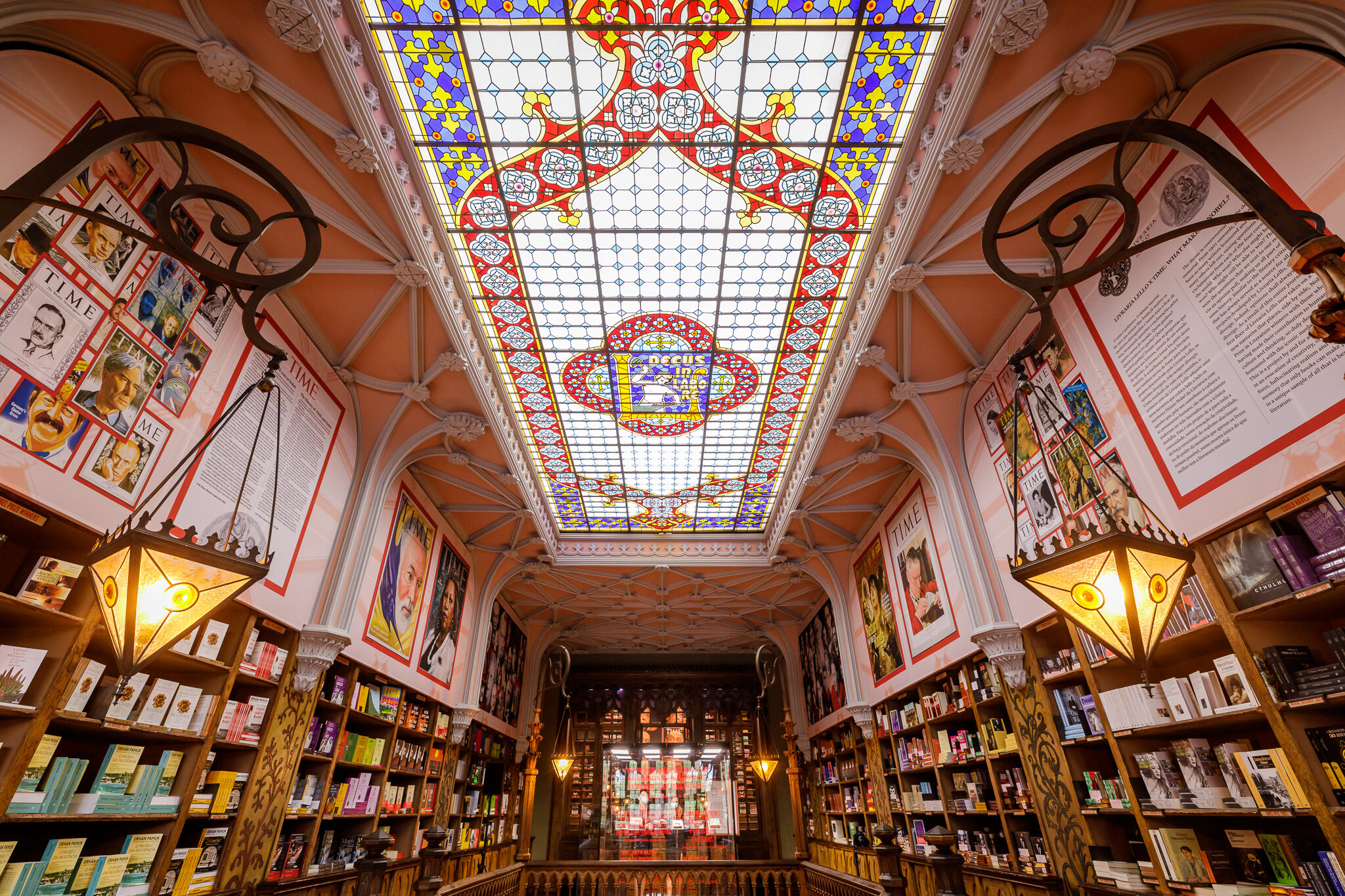
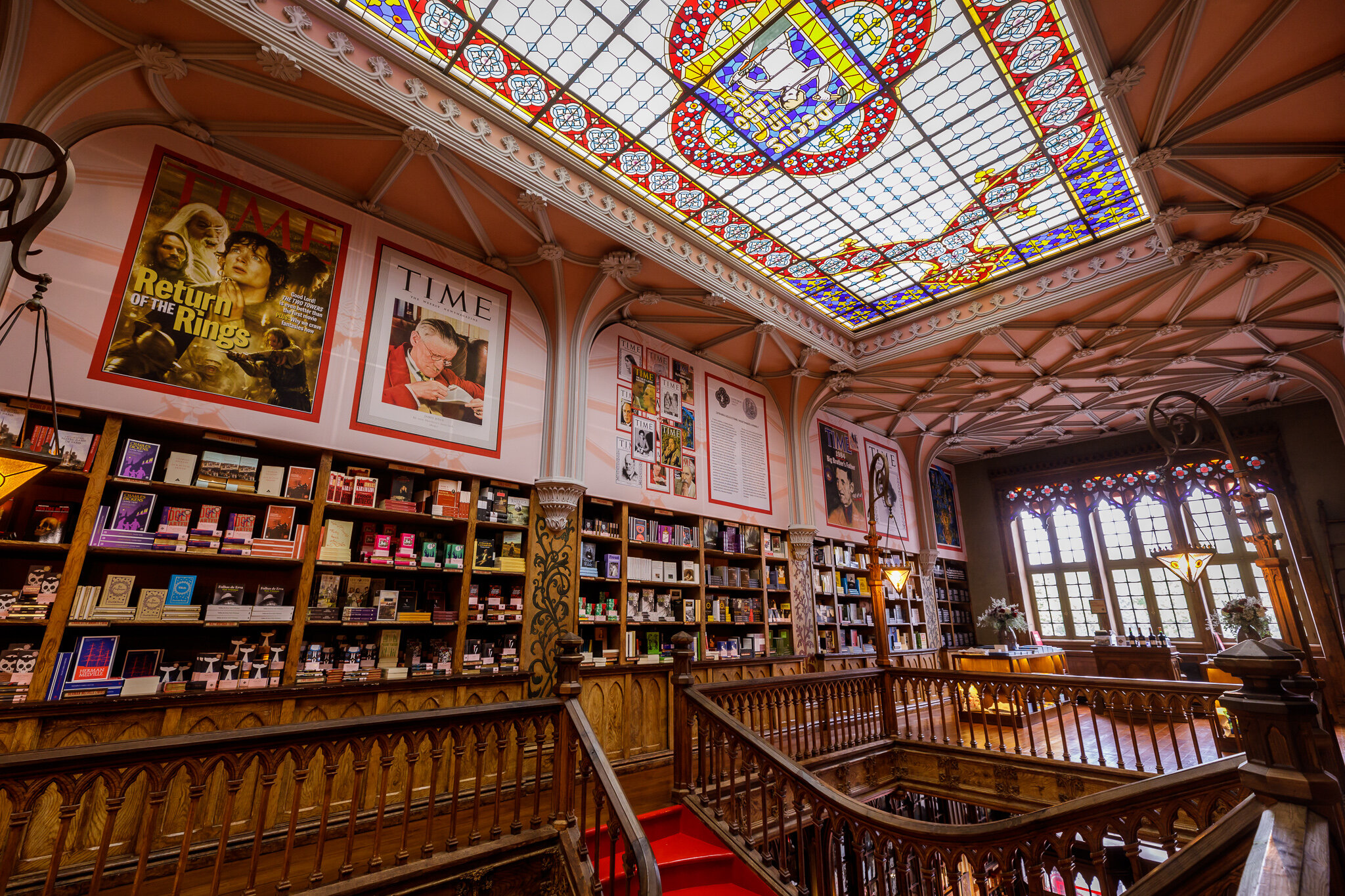
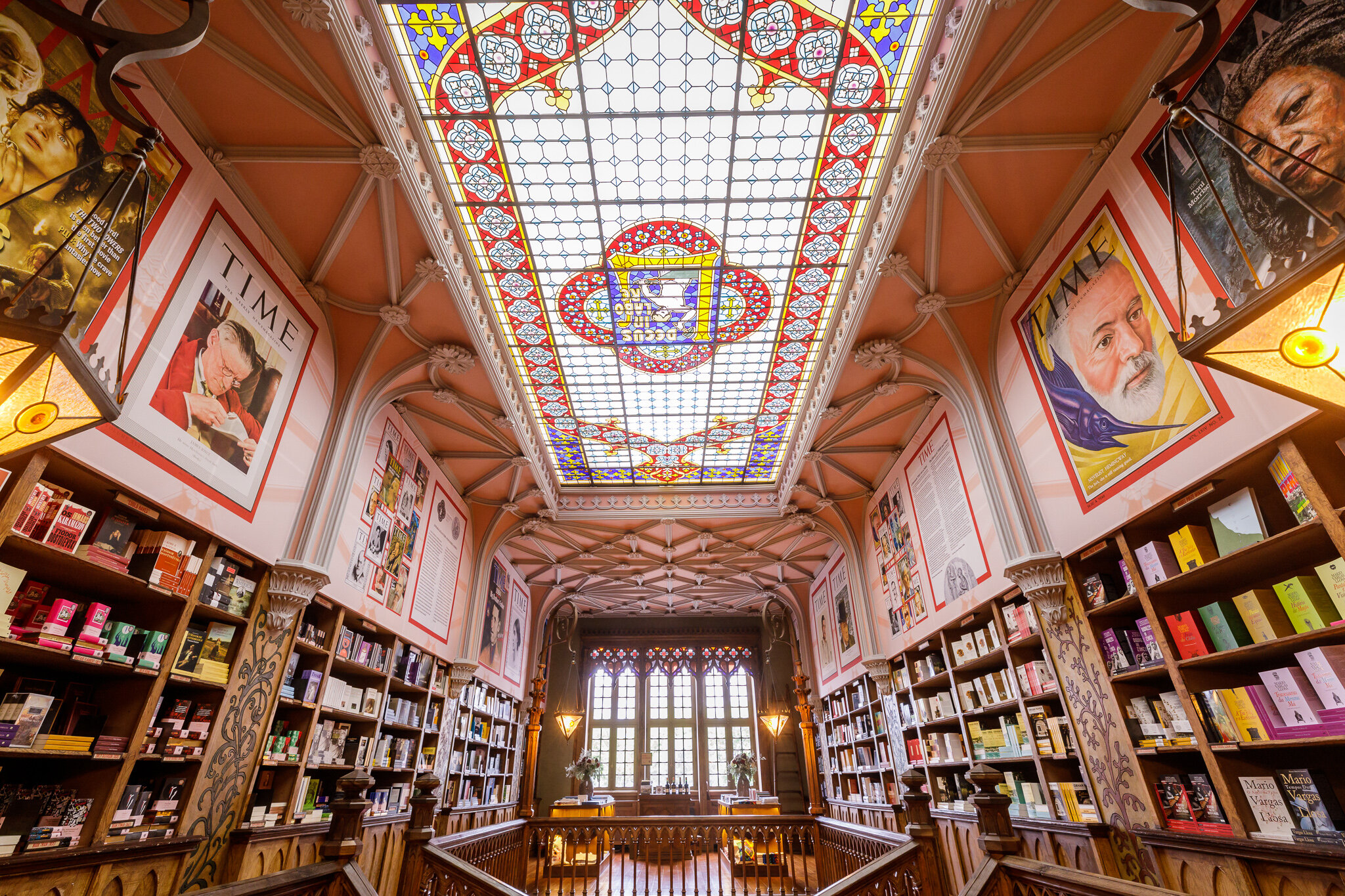
The “What Makes a Nobel?” exhibit, which opened June 1, 2021 at the Livraria Lello in Porto, Portugal, not only showcase the winners of the Nobel Prize in Literature through the covers of TIME, but also those writers who “could have” received the world’s top literary award.
The Nobel Prize in Literature was first awarded in 1901 to French poet and essayist Sully Prudhomme. In 1908, Rudyard Kipling was the eighth recipient of the prize, but was the second writer to appear on the cover of TIME in 1926. George Bernard Shaw received the Nobel Prize in 1925, two years after appearing on TIME’s cover.
TIME has featured 14 of the 117 Nobel Prize for Literature winners on its cover since 1923, most recently Toni Morrison in 2020. Several winners have been on the cover multiple times, including Winston Churchill (six times), playwright Eugene O’Neill (four), William Faulkner (two) and Sinclair Lewis (two), who TIME described as a “red-haired tornado” in 1945.
Livraria Lello, the art nouveau store built in 1906 by brothers José and António Lello, is widely considered one of the world’s most beautiful bookstores. It’s also been rumored to be an inspiration for Harry Potter author J.K. Rowling, who was an English teacher in Porto in the early 1990s. One can certainly imagine the students of Hogwarts roaming the majestic interior and iconic flowing staircase within the neo-Gothic structure, which received over 1.2 million visitors and sold over 700,000 books in 2019.
Aside from Nobel winners, Livraria Lello also chose to recognize more than 100 writers who “could have” received the award, many of whom were also featured on TIME covers: from William Shakespeare to Virginia Woolf; James Joyce to J.R.R. Tolkien; George Orwell to Mark Twain.
“We want to arouse curiosity for these authors and, consequently, curiosity about books,” explains Aurora Pedro Pinto of Livraria’s executive board.
TIME has championed writers and authors since its inaugural issue on March 3, 1923, which featured a Book section, directly following National Affairs and Foreign News. Half of the issue’s advertisements were for book publishers, including “a handsome 10-volume special edition” of works by 1921 Nobel Prize winner Anatole France selling for $17.50. The first issue also featured a reading list, suggesting Babbitt by 1930 Nobel Prize winner Sinclair Lewis, and the magazine’s first book review – Black Oxen by Getrude Atherton, which TIME wrote is “not to be read as a dissection of humanity. It is valuable as an examination of social strats and their relationship.”
Just five weeks later, novelist Joseph Conrad would become the first writer to appear on the cover of TIME. The pencil drawing by artist Gordon Stevenson would mark the beginning of nearly 100 writers, poets, authors and playwrights to grace TIME’s cover. TIME wrote of the novelist: “Joseph Conrad, rover of the seven seas, has never set foot in the United States. Now he is coming. At about the end of this month the man who holds probably the most exalted position in contemporary English letters is to arrive here for a visit.”
Alongside Livraria Lello’s installation are stories from the literary careers of various authors, more than 650 works are available (in several languages) and a special room dedicated to José Saramago, the only Portuguese writer to win the Nobel.
